Big NMFC Changes Coming in 2025
Density-Based Classifications Reshape LTL Shipping in 2025
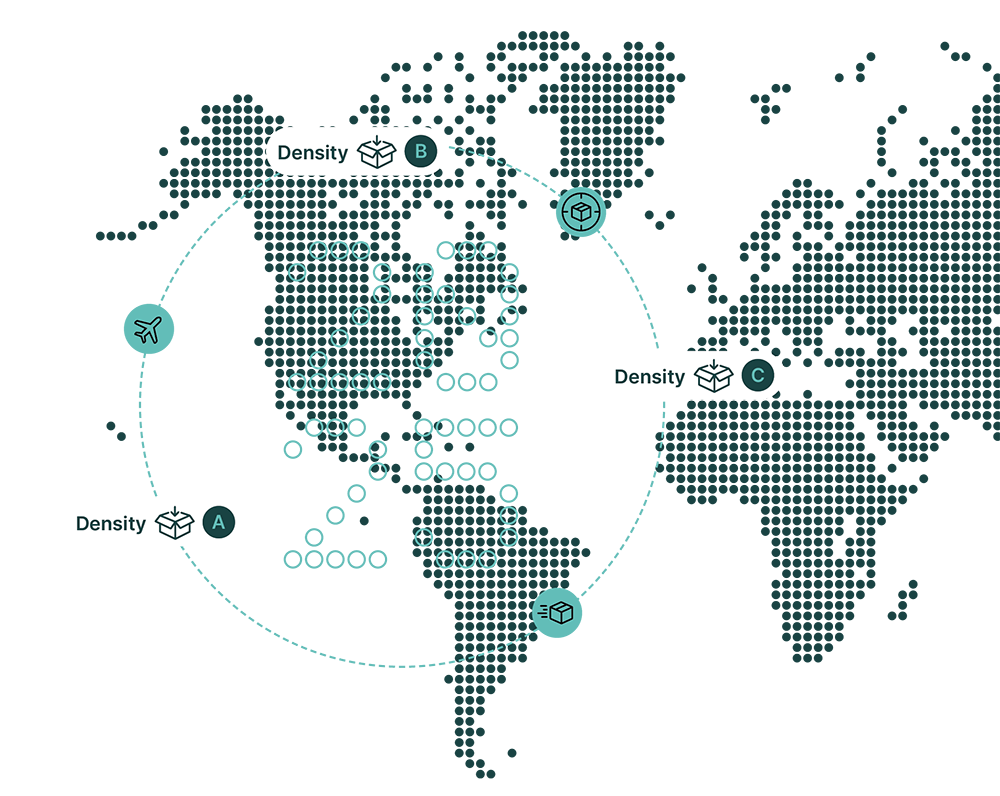


Big NMFC changes are coming in 2025. Starting in July, the National Motor Freight Classification (NMFC) is shifting to a density-based system for most freight descriptions. This change by the National Motor Freight Traffic Association (NMFTA) aims to simplify classification, improve accuracy, and better reflect actual shipping costs for an overall enhanced user experience.
Key changes include:
Affecting 5,000 classifications initially, these changes require shippers to prepare for smoother operations and potential cost optimizations.
The new system streamlines freight classification using a standardized approach based on density, handling, stowability, and liability. This simplification makes it easier for shippers and carriers to understand and apply the classifications consistently.
Users will find the NMFC easier to navigate and understand with a more intuitive classification system. This improved clarity reduces confusion, minimizes errors, and allows for quicker, more confident decision-making in the shipping process.
The density-based approach aligns more closely with actual shipping costs and space utilization. This leads to more accurate classifications on the first attempt, reducing disputes, reclassifications, and administrative overhead for shippers and carriers.
Universal Traffic Service is the first company to build a supply chain management platform that meets all your needs. Our independent approach to supply chain management allows us to:

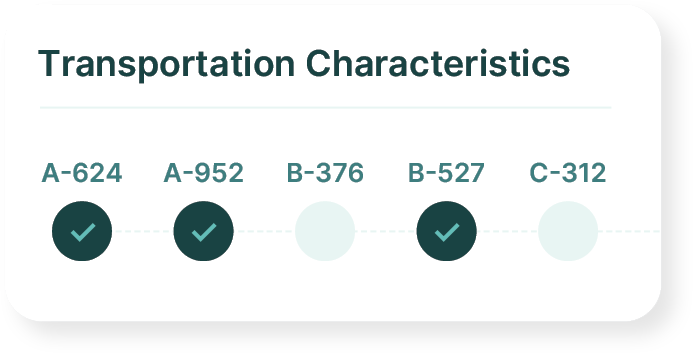
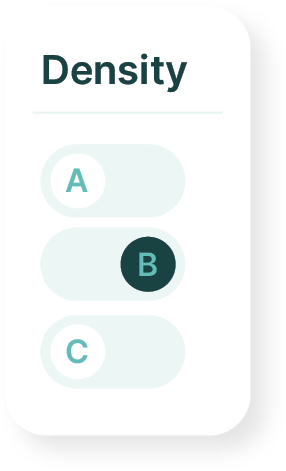

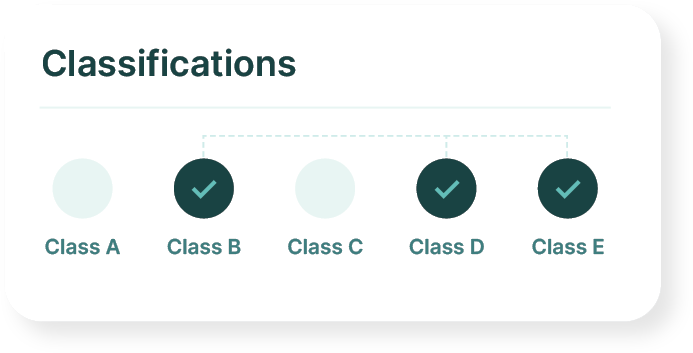
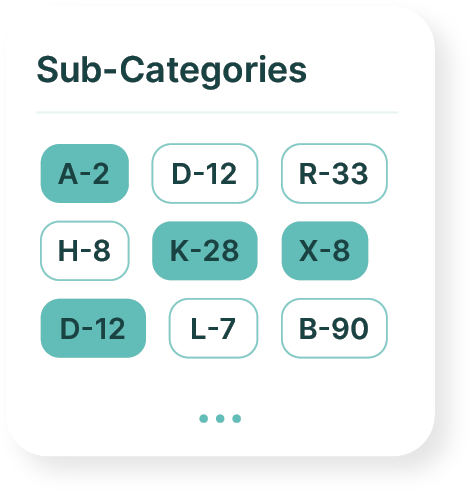

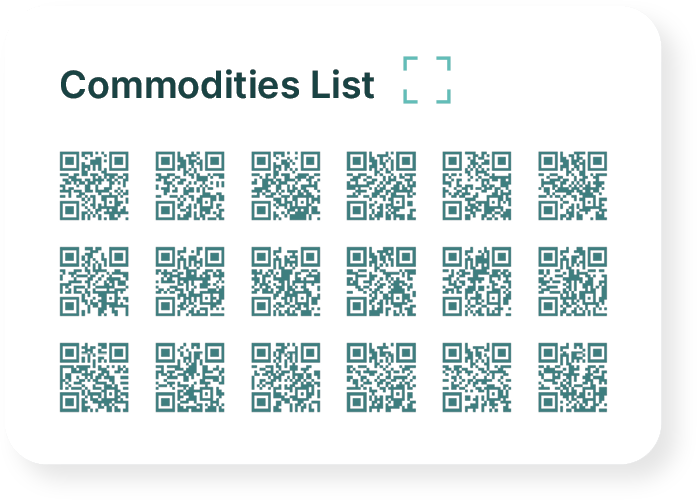

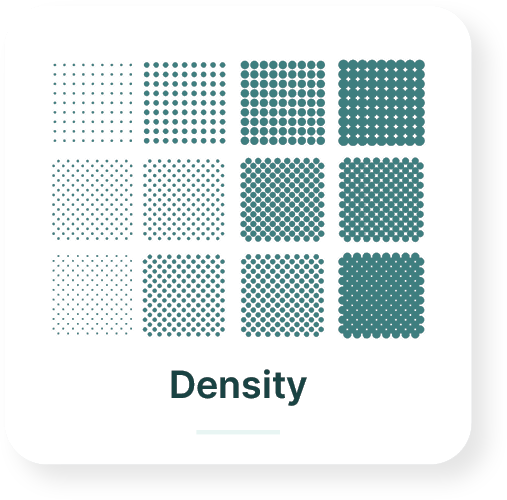
Final reduction from current 5,000 numbers unknown
Details available January 30, 2025
Unique symbols for density, handling, stowability, and liability and which items they will apply to are not yet revealed
Individual carrier responses to changes are uncertain
Potential changes in fees and application are unclear
Uncertainty in weight inspection, fees, and dimensional data requirements
Details on grace periods and impact on existing contracts not finalized
Stay informed with timely updates on NMFC changes and their implications. You will know exactly what is changing, how it affects you, and how you can mitigate downside impact.
Our specialists will update your product database to comply with new NMFC classifications.
We'll incorporate carrier-specific rule changes into our LTL pricing and liability reporting.
Our rankings will automatically adjust to reflect NMFC changes and carrier rules tariffs.
We'll secure fair pricing for complex shipments, including mixed commodities.
Get expert guidance on adapting your shipping processes to the new system.
Access our trained professionals for personalized assistance throughout the transition.
"*" indicates required fields
Contact Us